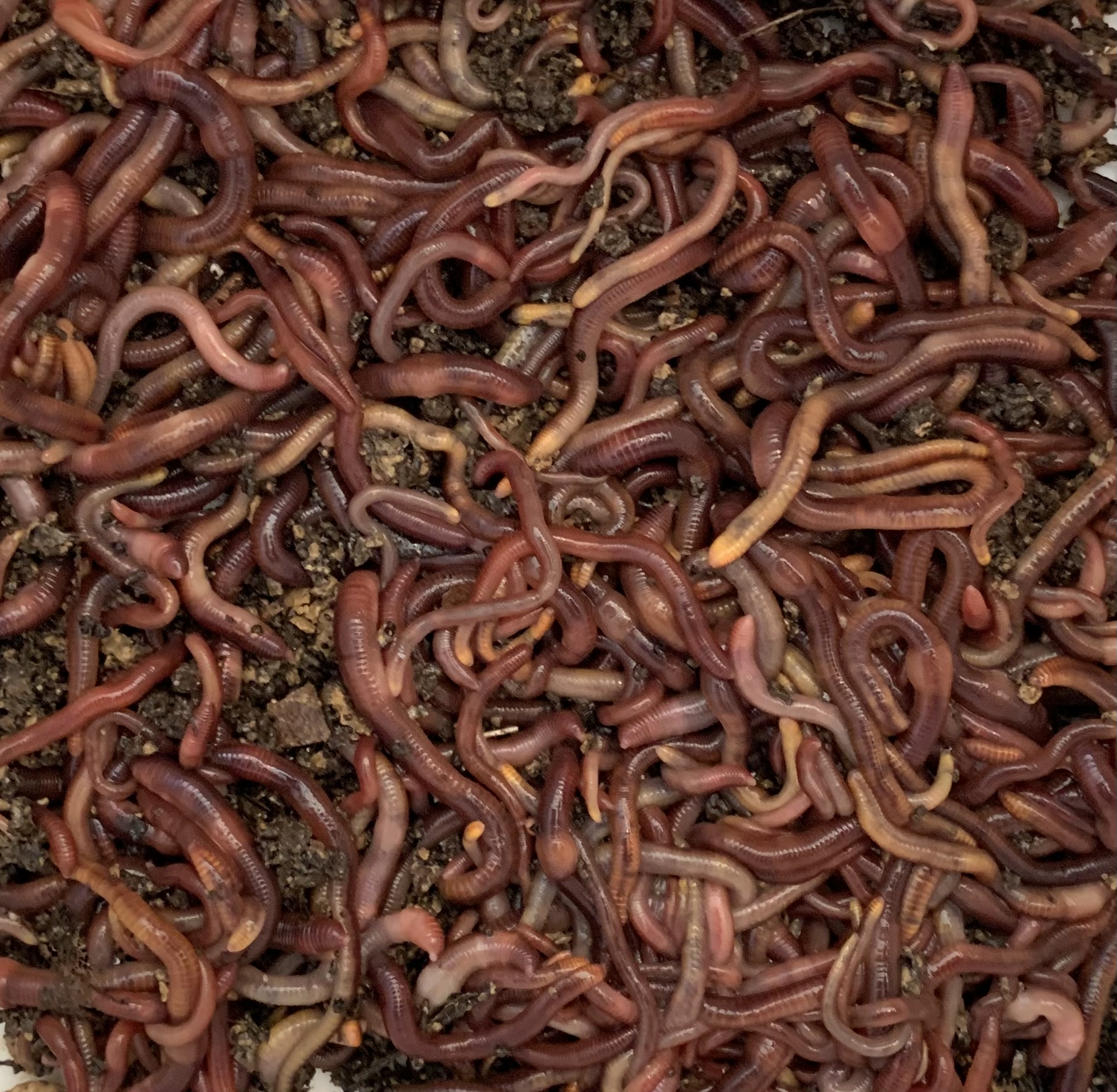9 Simple Techniques For Red Wiggler Express
Table of ContentsRed Wiggler Express Can Be Fun For AnyoneRed Wiggler Express Things To Know Before You Get ThisOur Red Wiggler Express Diaries8 Easy Facts About Red Wiggler Express Explained
With the international press for sustainability and with eco-friendly practices expanding in appeal, people are lastly coming around and recognizing the ecological benefits of red wiggler worms and composting. In this write-up, we'll talk about just how vermicomposting supports lasting gardening and the environmental benefits of red wigglers and other earthworms.
This is the brief of it. If you want to read thorough about red wiggles, we have an entire article committed to them here. Currently, allow's enter into the fundamentals of how these worms support sustainable gardening methods and benefit the atmosphere: Worm composting is like a day spa day for your dirt.
When included into your garden dirt, these spreadings improve its framework, oygenation, and water retention. This helps with plant development and wellness and does not need the use of any kind of chemicals. Did you know that natural waste makes up a substantial part of landfill product?
By diverting your kitchen scraps and backyard waste into a worm composting bin, you're properly decreasing the quantity of organic waste that ends up in garbage dumps. It's a great deal for your yard and the world. Ignore chemical fertilizers worm castings are the actual bargain. They're chock-full of vital nutrients like nitrogen, phosphorus, and potassium.
The 10-Second Trick For Red Wiggler Express

Maintain the container in a trendy, questionable area to prevent overheating. Mix the nutrient-rich worm spreadings right into your yard dirt or use them as a leading dressing for potted plants. You'll discover much healthier, better plants quickly! It really is as easy as that. In a globe where sustainability is ending up being significantly essential, red wigglers shine as unrecognized heroes of horticulture.
Composting may seem like old news, but doing it with a container full of worms most likely doesn't. Red wiggler worms offer terrific advantages to the natural garden enthusiast, generating both an all-natural plant food and a reliable pesticide.
Worm spreadings may be purchased at shops such as SBS in Vineyard Place or Winery Gardens in West Tisbury, but to raise the worms in a compost bed and harvest your own castings is much more fun. The job of these worms is an element of sustainable living. Red wigglers are native to steed manure, where they delve to lay eggs.
The 7-Minute Rule for Red Wiggler Express
(https://populardirectory.org/Red-Wiggler-Express_304648.html)They can't make a great deal of it." He covers the container with straw, then a piece of old carpet. "They like the warmth," he says. Lynn describes the manufacturing of spreadings and 2 uses: as a plant food and as a chemical. "They absorb deteriorating issue. It passes via them and includes calcium to make this rich earth," she states.
"We call it gold tea," states Lynn. "I did it to see if it would make a difference on white flies and aphids. My rosemary had a mold and mildew or fungi. After I splashed, right away it looked far better." The red wiggler is a prodigious dog breeder, laying eggs as usually as once a week.
It takes three to five months for a baby worm to reach sexual maturation and the grown-up length of three inches. Their lifetime is four to five years unless naturally they are made use of for lure. As freshwater fish lure, wigglers wriggle on the hook and survive underwater longer than conventional earthworms.

As one of the Epigeic class of garden compost worms, the typically does not appear in dirts. Instead, it thrives within the dirts of leaves clutter, manure, and decomposing greenery. The worm is red or reddish-brown in color and has a smooth, cylindrical shape. The clitellum, or saddle-like reproductive gland, lies about two-thirds of the way down the worm's body.
A red wiggler worm can mature to 4 inches in size yet is typically just regarding two and a half inches. The worm has a little mouth located at the front of its head. It also has small bristles, called setae, which aid the worm move and anchor itself to surface areas.
